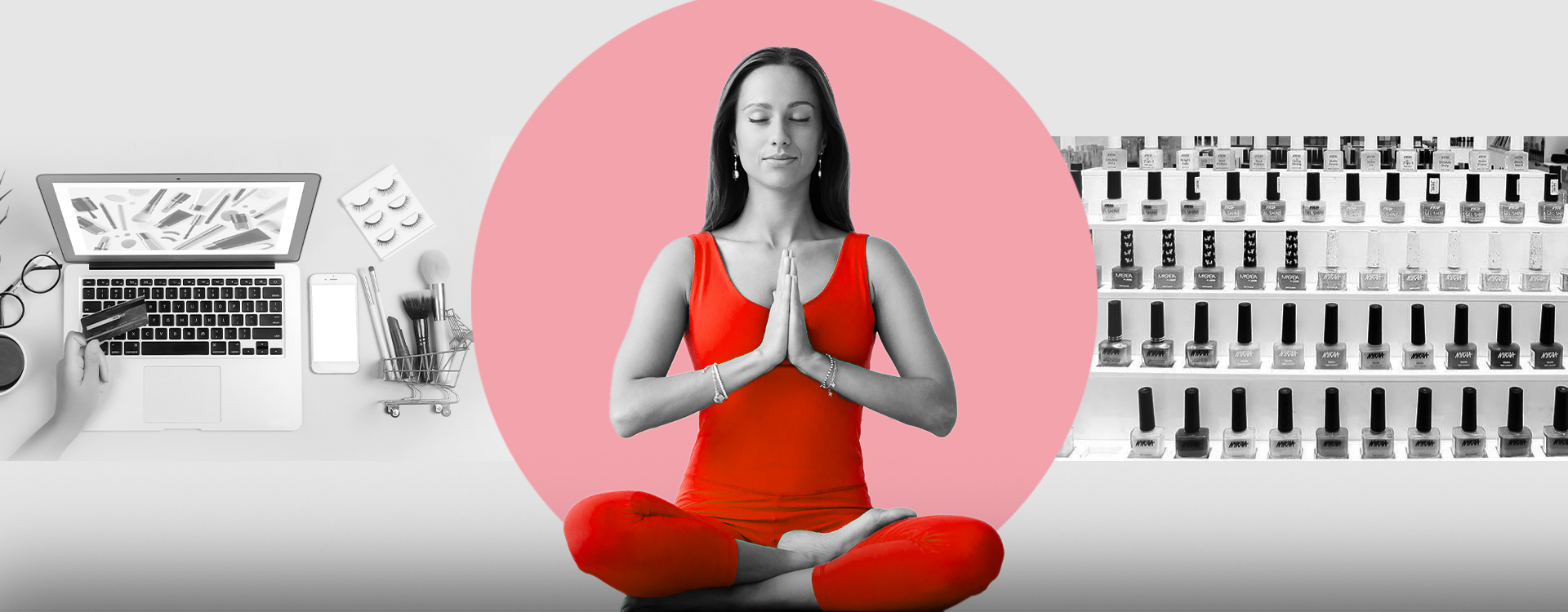The Hybrid Work Model: Changed Work Dynamics in the time of COVID
The hybrid work model has quickly become the new norm as a result of the ongoing global situation. While remote work was a welcome break at the outset of the pandemic, it quickly became evident that working from home brought with it several challenges. This includes fatigue, lack of productivity, monotony and a myriad of technical issues.
The beauty, health and wellness industry are no different in this regard. There does lie a certain challenge in this area particularly with regards to a wholly remote set up as much of the sector is rooted in a traditional brick-and-mortar world because regardless of technological advancement people still like to touch and feel what they buy, especially in this industry. Enter the hybrid work model of online and offline business.
Current Growth Trend in the Health, Wellness and Beauty Industry
According to a report published in January of 2021, by Business Wire, the Indian beauty and cosmetics market which was valued at just $13.2 Billion in FY20 is projected to grow at a CAGR of 16.39 per cent and hit a valuation of $28.9 Billion by FY26.
Another report by RedSeer Consulting before the pandemic, had the industry growing at a CAGR of 9 per cent to $22-23 billion by FY22. Despite the pandemic, the industry seems to be doubling its growth. This trend highlights the fact that the industry is thriving, and one of the contributing factors is the hybrid work model.
‘‘
Despite the pandemic, the health, wellness and beauty industry are thriving thanks to smart and quick adaptations like the implementation of the hybrid model.
Benefits of the Hybrid Work Model: What’s in It for Me?
We live in a country with a vast economical and digital divide, both elements which factor into the efficiency of a purely work-from-home model or a wholly brick-and-mortar setup (both of which are not possible).
The best compromise for you and your business, especially if that business falls under the ambit of the health, wellness and beauty industry, is the hybrid work model. The hybrid model provides two major advantages, on the one hand, it maintains the side of the business that appeals to the traditional buyer by giving them a physical location to interact with and purchase items. On the other hand, it meets the needs of the business to stay fully operational by having a section transition into remote work.
Another reason it is the future of the industry is that this combination of online and offline appeals to a wider audience base. The brick-and-mortar shops work best for the older demographic, while the online business ropes in younger buyers.
The click-and-brick model is the only viable option for a business going forward, especially given that the pandemic seems to be burning through the country for a second time. This makes the hybrid work model not only safeguards the business’s viability and employees’ health and interests but also doubles as a smart tool for growth.




